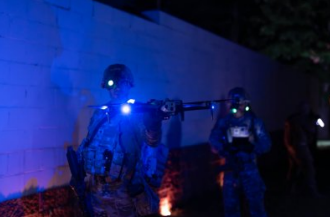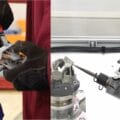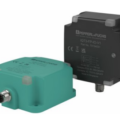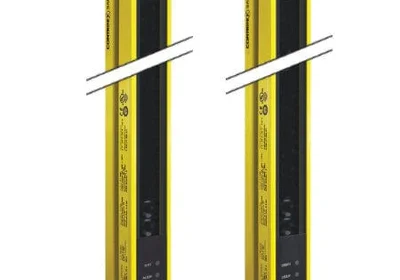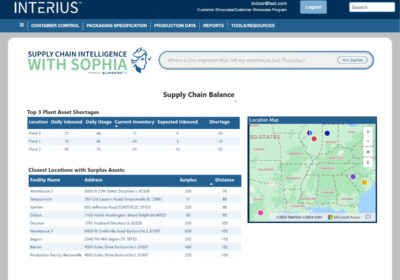US Drone Manufacturer Skydio Leveraged the Thermal by FLIR Program to Create a Superior Longwave
Infrared Payload Based on the Boson+ Thermal Camera Module
USA-based Skydio recently introduced the Skydio X10 drone featuring a customized Teledyne FLIR Boson+
thermal camera module at its Ascend Conference on September 20. Thanks to the Thermal by FLIR
collaboration, professional public safety and critical infrastructure inspection pilots can now access the most
advanced uncooled thermal imaging technology on the market.
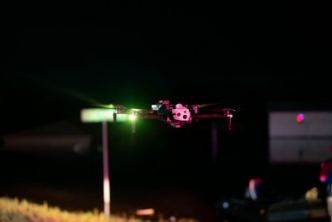
The Thermal by FLIR program is a cooperative product development and marketing program. It supports
original equipment manufacturers (OEMs), such as Skydio, to integrate Teledyne FLIR thermal camera
modules into products, along with go-to-market support for ensuing product innovations. The Skydio X10
includes a first-of-its-kind thermal imaging payload using a customized radiometric Boson+ thermal camera
module, providing unmatched thermal performance and improvements in size, weight, and power (SWaP),
critical for inspections, situational awareness, and search and rescue missions.
“The Thermal by FLIR program is designed to help our customers innovate and create applications and
capabilities that don’t yet exist,” said Dan Walker, vice president, product development, Teledyne FLIR. “For
the Boson+ collaboration with Skydio, we’re proud of what we’ve accomplished together. Skydio customers
will soon have access to the most effective uncrewed thermal imaging capabilities ever created for a drone of
this size and mission.”
Skydio customers represent the critical industries that our core civilization runs on, such as public safety,
energy utilities, and defense, who need highly accurate data to make timely decisions that benefit us all. This
requires high-definition thermal imagery in a SWaP-optimized package,” said Abe Bachrach, chief
technology officer, Skydio. “That is why we chose to integrate the Teledyne FLIR Boson+ thermal camera
module within the Skydio X10 platform, as it provides the right mix of performance and features required for
pilots to complete the mission.”
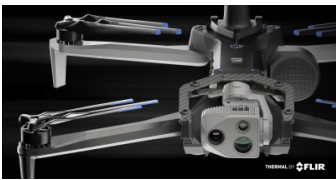
Thermal Performance and SWaP Enhancements
The USA-manufactured Boson+ not only provides four times the thermal resolution at 640 x 512 pixels
versus the predecessor thermal camera on the Skydio X2, but it also doubles the thermal sensitivity of competitive payloads at 30 millikelvin (mK) or better.
It is the most sensitive commercially available uncooled
longwave infrared (LWIR) camera module for drones. The increased sensitivity and resolution provide
sharper scene detail, improving detection, specifically in outdoor, low-contrast scenes—a critical need for
thermal inspectors and first responders, including law enforcement officers, firefighters, and search and
rescue personnel.
The Teledyne FLIR team also worked closely with Skydio to develop custom optics to reduce the weight of a
standard Boson+ camera optics by 48%. The weight reduction helps maximize flight time while also
decreasing the volume of the thermal camera module by 43% for an improved payload form factor.
The Skydio X10 boasts customized thermal image signal processing that leverages Teledyne FLIR’s Prism™
ISP, further improving imaging quality.
The resulting thermal imagery is available as radiometric JPEGs (RJPEG), meaning that each image captured includes temperature data
of every pixel in the scene for
granular, quantitative insights needed for solar panel, machinery, and utility inspection.
That R-JPEG data captured from the X10 can then be combined with the R-JPEG data captured from
handheld Teledyne FLIR thermal imaging cameras to create comprehensive inspection reports from the air
to the ground. Skydio X10 users can also utilize FLIR Thermal Studio software with advanced thermal
imaging processing and analysis for creating custom, sharable PDF reports with colleagues, partners, and
clients.
For more information about the Skydio, visit the Skydio website.
Click here for details about Boson+ and visit the Thermal by FLIR page for additional information about the
program.

